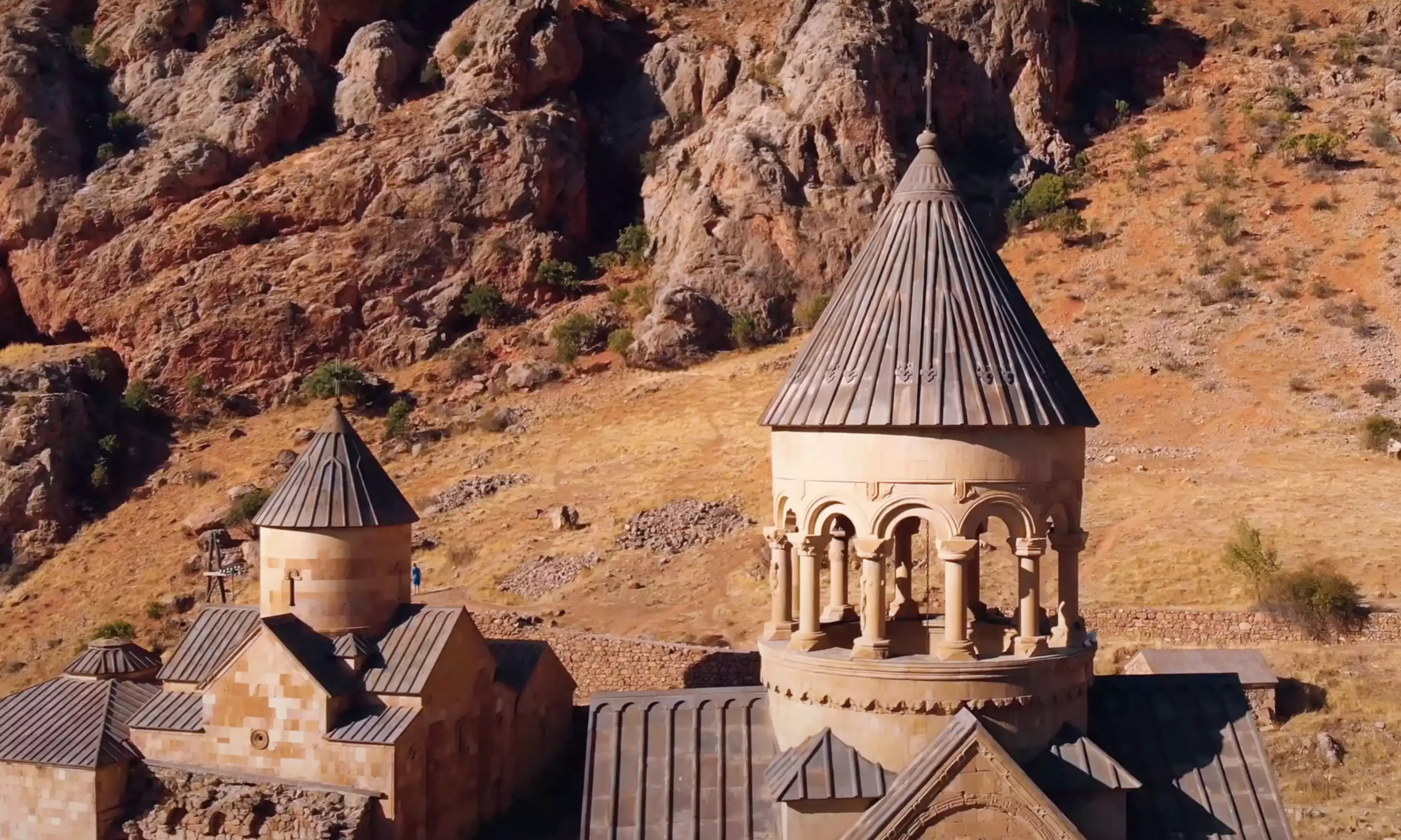
The Armenian Catholic Church, rooted in a rich tapestry of historical and theological distinctiveness, represents a unique facet of the universal Christian faith. Emergent from the ancient Armenian Apostolic Church, this Eastern Catholic Church harmoniously blends the antiquity of Eastern Christian traditions with the universal communion of the Roman Catholic Church.
Tracing its etymological and historical genesis, the term “Armenian Catholic Church” encapsulates the ethnic and spiritual identity of Armenians who embraced Catholicism. This ecclesiastical body originated in the early 18th century, amidst the Armenian community’s interactions with Roman Catholic missionaries. The pivotal year of 1742 saw Pope Benedict XIV formally establish the Armenian Catholic Patriarchate, marking a significant milestone in the Church’s history.
This period was characterized by a dual fidelity: maintaining the ancient liturgical and spiritual heritage of Armenian Christianity while recognizing the primacy of the Pope. The Armenian Catholic Church, therefore, embodies a distinctive synthesis of Armenian liturgical traditions and the theological underpinnings of Roman Catholicism.
Liturgical Legacy and Spiritual Practices
At the heart of the Armenian Catholic Church’s identity lies its rich liturgical tradition. Predominantly utilizing the Armenian Rite, the Church’s liturgical practices are steeped in ancient customs, resonating with the depth and mysticism characteristic of Eastern Christian worship. The Divine Liturgy, a central aspect of this tradition, is celebrated in Classical Armenian – a language that has not only religious but also cultural significance for the Armenian people.
The Armenian Catholic liturgy, with its intricate chant system and ornate liturgical vestments, reflects a profound sacramental theology. The emphasis on the Eucharistic celebration and the veneration of saints, particularly St. Gregory the Illuminator, the patron saint of Armenia, further underscores the Church’s deep-rooted spiritual ethos.
In addition to liturgical practices, the Armenian Catholic Church is noted for its monastic tradition. Monasteries such as the Mechitarist Congregation, founded in the 18th century, play a pivotal role in preserving Armenian cultural and religious heritage. These monastic communities have been instrumental in scholarly pursuits, contributing significantly to the fields of Armenian studies, theology, and linguistics.
The Church’s spiritual life is also marked by a strong emphasis on prayer and asceticism. This is embodied in the practices of fasting, almsgiving, and the observance of traditional feasts and fasts, which punctuate the liturgical year. The Armenian Catholic faithful engage in these practices not merely as ritual observances but as means to spiritual growth and communion with the divine.
Ecumenical Relations and Modern Dynamics
The Armenian Catholic Church’s journey through history is not only marked by its liturgical and spiritual heritage but also by its ecumenical endeavors and adaptation to contemporary challenges. The Church has actively engaged in dialogues aimed at fostering unity among Christian denominations, particularly with the Armenian Apostolic Church and the Roman Catholic Church. These efforts, steeped in a desire for Christian unity, reflect the Church’s commitment to overcoming historical divisions.
In the modern era, the Armenian Catholic Church faces the dual challenge of preserving its rich heritage while adapting to the evolving realities of a globalized world. The diaspora has played a crucial role in this context, with Armenian Catholic communities flourishing worldwide. These communities, while geographically dispersed, remain deeply connected to their Armenian roots and the universal Catholic faith.
Another significant aspect of the Church’s contemporary life is its social and educational mission. Armenian Catholic schools, charitable organizations, and healthcare facilities are testament to the Church’s commitment to serving society, particularly in areas with significant Armenian populations. These institutions not only provide essential services but also serve as centers for cultural preservation and community building.
The Armenian Catholic Church, with its deep historical roots and rich theological and liturgical traditions, continues to be a vibrant and dynamic part of the universal Catholic communion. Balancing tradition with modernity, the Church remains a testament to the enduring strength and adaptability of the Christian faith across cultures and epochs.
References
- Hovannisian, Richard. “The Armenian People from Ancient to Modern Times.” New York: Palgrave Macmillan, 2004.
- Lang, David Marshall. “Armenia: Cradle of Civilization.” London: George Allen & Unwin, 1970.
- Mouradian, George. “Armenian Catholic Church.” Encyclopaedia Britannica. 2021.
- Raffi, Krikor H. “The Armenian Church.” Los Angeles: Armenian Heritage Press, 2001.
- Sanjian, Avedis K. “The Armenian Communities in Syria under Ottoman Dominion.” Cambridge: Harvard University Press, 1965.
